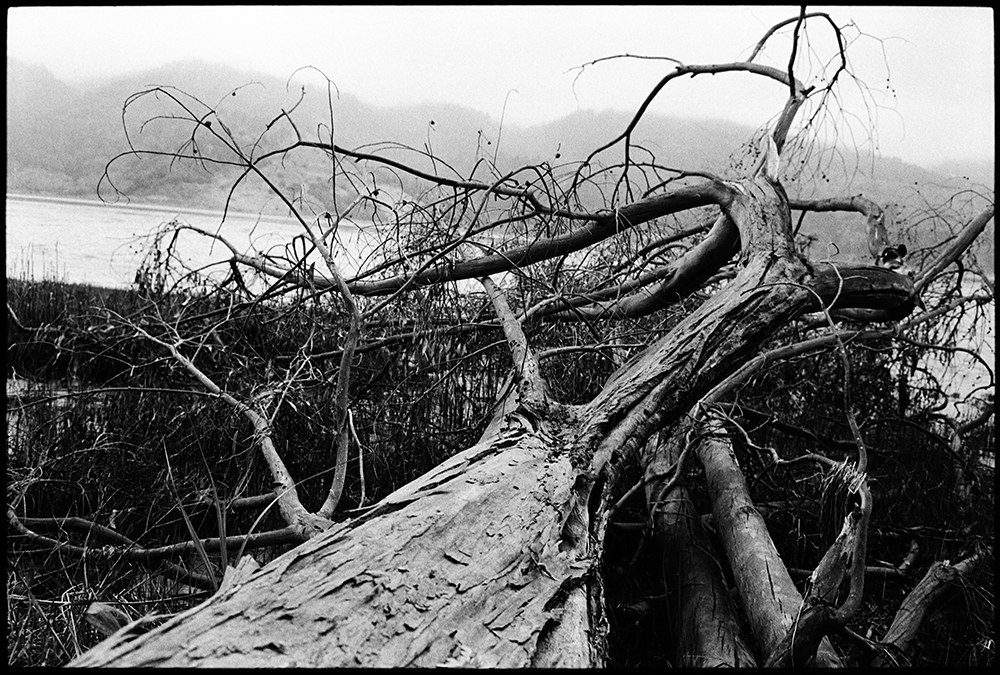Locals aired frustrations during a Bolinas Lagoon Advisory Council meeting last Friday over two unsightly eucalyptus trees that have fallen in recent years on . . .
From fallen trees, existential questions arise


Locals aired frustrations during a Bolinas Lagoon Advisory Council meeting last Friday over two unsightly eucalyptus trees that have fallen in recent years on . . .